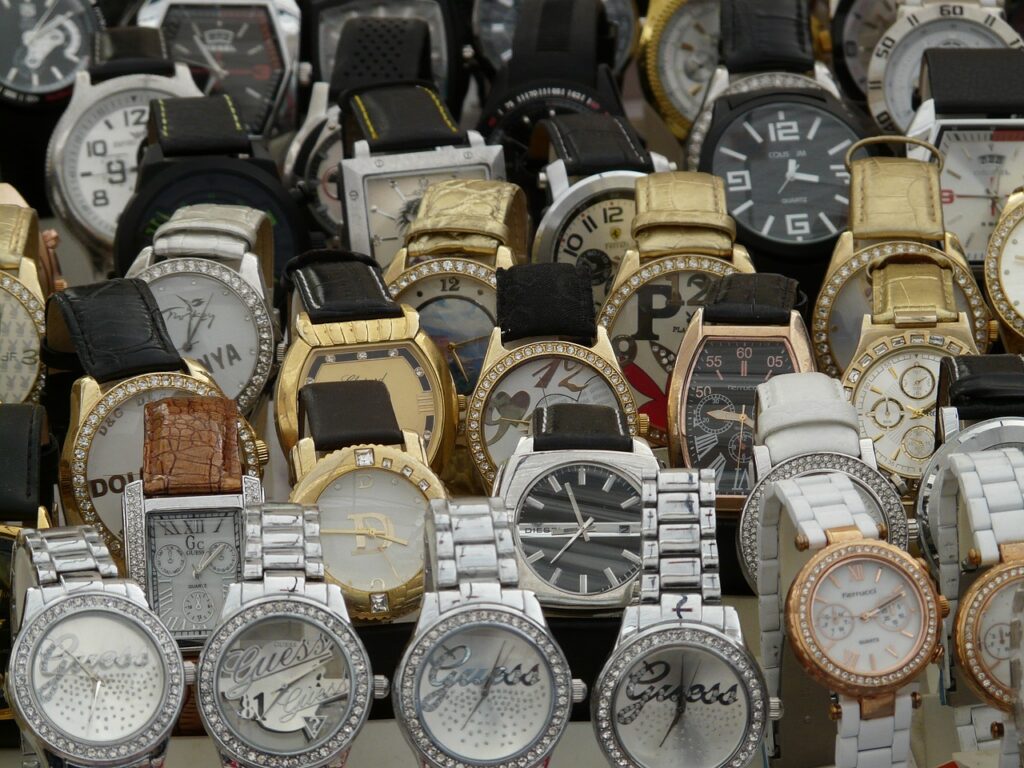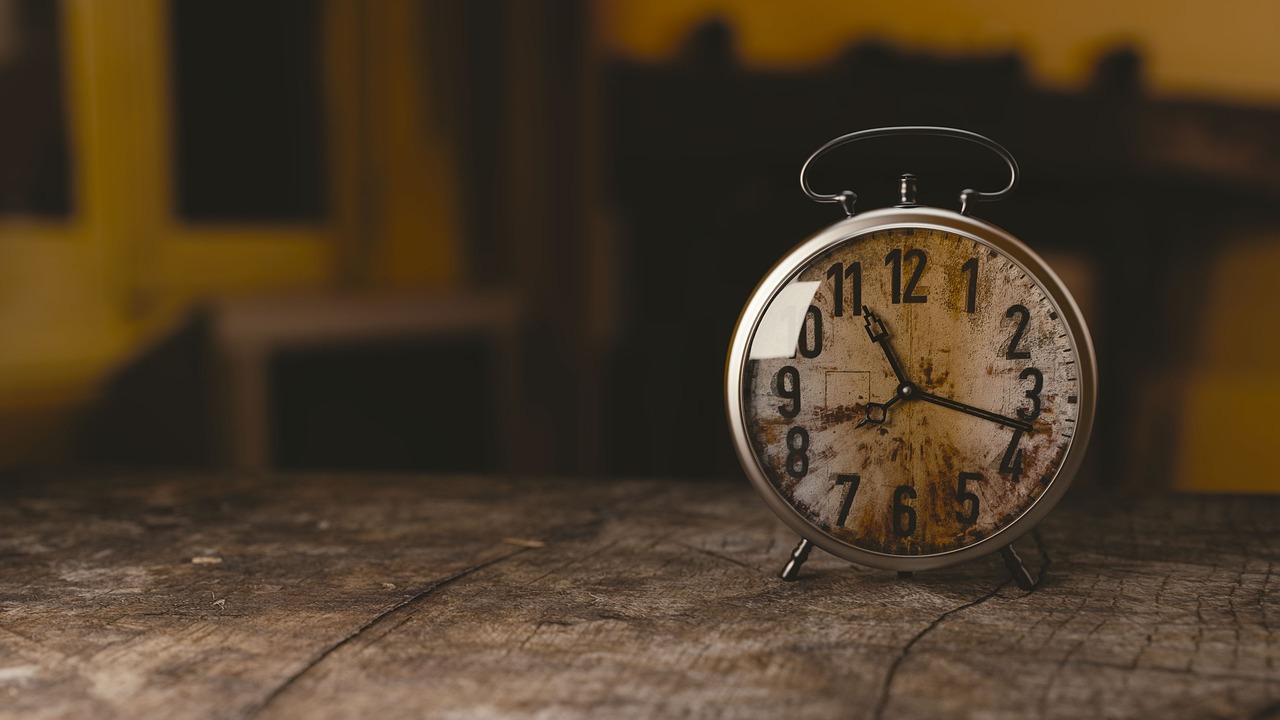Owning unique time keeping pieces can be a source of pride and fascination for many. However, it is essential to ensure that these precious items are properly cared for to maintain their beauty and functionality. From regular cleaning to storing in the right conditions, this article will provide you with practical tips on how to care for your unique time keeping pieces and ensure they stand the test of time.
Cleaning and Maintenance
Regular Cleaning
To keep your timepiece looking its best, regular cleaning is essential. Use a soft, lint-free cloth to gently remove any dirt or fingerprints from the watch case, crystal, and strap. For stubborn residue, you can use a mild soap and water solution, but be sure to avoid getting water on the watch mechanism if it is not water-resistant. After cleaning, dry the watch thoroughly with a clean cloth to prevent moisture damage.
Polishing
Over time, your watch may develop scratches or dullness on its surface. To restore its shine, you can use a polishing cloth or a specialized watch polishing cream. Make sure to follow the manufacturer’s instructions and apply the polish in gentle circular motions. Avoid using abrasive materials or excessive force as this may damage the watch’s finish. Regular polishing will help maintain the appearance of your timepiece.
Water Resistance
If your watch is water-resistant, it is important to regularly check and maintain its water resistance capabilities. This will ensure that your watch remains protected against water damage. To do this, you can use a simple water resistance test, or take it to a professional watchmaker for a more comprehensive assessment. If the water resistance is compromised, have the seals or gaskets replaced promptly to prevent any potential damage.
Watch Movements
The movement of your watch is its beating heart and requires proper care and maintenance. For mechanical watches, regular servicing is recommended to ensure the movement continues to function accurately. Quartz watches also benefit from periodic servicing to maintain their performance. It is best to consult with a professional watchmaker to determine the appropriate service interval for your specific timepiece.
Storage and Protection
Proper Storage
When you are not wearing your watch, it is important to store it properly to protect it from damage and ensure its longevity. Ideally, you should keep it in a clean, dry place away from direct sunlight. Avoid storing your watch near magnetic objects, as these can interfere with its movement. Consider using a watch box or a dedicated watch drawer to keep it safe and organized.
Avoiding Extreme Temperatures
Extreme temperatures can have a negative impact on your watch’s performance and longevity. High temperatures can cause the watch’s oils to break down, leading to potential damage to the movement. Likewise, extremely cold temperatures can affect the accuracy of the watch. It is best to avoid exposing your watch to extreme temperature conditions and take precautions when wearing it in such environments.
Protective Cases
If you travel frequently or have multiple timepieces, investing in a protective case is a wise choice. These cases are designed to provide cushioning and protection for your watches during transportation or storage. Look for cases with soft interiors and secure closures to keep your watches safe from scratches, impacts, and dust. Some cases even come with built-in watch winders, providing convenience and protection in one.
Travel Storage
When traveling with your watch, it is important to ensure its safety and security. If possible, store it in a dedicated travel pouch or watch roll to provide added protection. Consider removing the watch from your wrist before engaging in physical activities or sports to minimize the risk of damage. When passing through airport security, always keep your watch with you to prevent it from getting lost or damaged.

Watch Strap Care
Cleaning Leather Straps
Leather straps require special care to maintain their appearance and durability. Gently wipe the strap with a damp cloth to remove any dirt or sweat. Avoid using excessive water, as it can damage the leather. For more stubborn stains, you can use a mild soap and water solution, but be sure to rinse and dry the strap thoroughly. To prevent drying and cracking, avoid exposing the strap to direct sunlight or extreme temperatures.
Conditioning Leather Straps
To keep your leather strap supple and moisturized, it is recommended to condition it regularly. Use a leather conditioner or cream specifically designed for watch straps. Apply a small amount to a soft cloth and gently rub it onto the strap, paying special attention to any areas that may be prone to drying. Allow the conditioner to be absorbed and wipe off any excess. Conditioning will help extend the lifespan of your leather strap.
Cleaning Metal Bracelets
Metal bracelets are relatively easy to clean and maintain. Use a soft brush or toothbrush with mild soapy water to remove any dirt or oil buildup. Pay attention to the gaps between the links where grime can accumulate. Rinse the bracelet thoroughly and dry it with a clean cloth. For a polished finish, you can use a jewelry polishing cloth or a specific metal polish, following the manufacturer’s guidelines.
Replacing Straps
Over time, watch straps may show signs of wear and tear, and it may be necessary to replace them. This can be done by a professional watchmaker or by purchasing a compatible strap and replacing it yourself. It is important to choose a strap that fits your watch properly and complements its style. Whether you opt for a leather, rubber, or metal strap, ensure that it is securely attached to your watch to prevent any accidental loss.
Battery Replacement
Identifying Battery Type
If your watch is powered by a battery, it will eventually need to be replaced. To determine the type of battery required, consult the watch’s manual or visit a professional watchmaker. Some watches have easily accessible battery compartments, while others may require the case to be opened. Be cautious when handling the battery and avoid touching it directly with your fingers, as oils can cause damage.
Choosing a Replacement
When selecting a replacement battery, it is crucial to choose the correct size and voltage to ensure compatibility with your watch. The most reliable way to ensure this is to refer to the watch’s manual or consult a professional watchmaker who can provide the appropriate battery for your specific model. Avoid using generic or low-quality batteries, as they may leak or damage the watch mechanism.
Battery Replacement Process
If you are comfortable, you can replace the watch battery yourself using a specialized case opener tool or a screwdriver. However, if you are unsure or hesitant, it is best to entrust this task to a professional watchmaker. They have the expertise and tools to safely open the case, replace the battery, and perform any necessary testing to ensure the watch is functioning correctly.

Precious Metal Care
Gold Timepieces
Gold watches require regular care to maintain their luster and shine. Use a soft cloth or a gold-specific jewelry cleaning cloth to gently polish the watch surface. Avoid using harsh chemicals or abrasive materials that can scratch or damage the gold. For deeper cleaning, you can soak the watch in a mild soap and water solution, but be sure to dry it thoroughly afterward. Regular maintenance will help preserve the beauty of your gold timepiece.
Silver Timepieces
Silver watches are susceptible to tarnishing, especially when exposed to air and moisture. To remove tarnish, you can use a silver-specific cleaning cloth or a silver cleaning solution. Gently rub the tarnished areas until the tarnish is removed, then rinse and dry the watch thoroughly. To prevent future tarnishing, store your silver watch in an airtight container or use anti-tarnish strips. Regular cleaning will keep your silver watch looking its best.
Platinum Timepieces
Platinum watches are known for their durability and resistance to wear. However, they can still accumulate dirt and grime over time. To clean a platinum watch, use a soft brush or toothbrush with mild soapy water to gently scrub away any debris. Rinse the watch with clean water and dry it thoroughly. Platinum watches do not require polishing, as the metal’s natural shine will be maintained through regular cleaning.
Water Resistance Maintenance
Testing Water Resistance
If your watch is water-resistant, it is essential to periodically test its water resistance capabilities. This can be done by a professional watchmaker or using a water resistance testing machine. The watch is placed in a chamber that simulates underwater conditions, and its performance is assessed. Regular water resistance testing ensures the integrity of the watch’s seals and gaskets, providing confidence in its ability to withstand water exposure.
Seal Replacement
Over time, the seals and gaskets that protect the watch from water can deteriorate and become less effective. If your watch fails a water resistance test or displays signs of moisture intrusion, it is crucial to have the seals replaced promptly. This will prevent any further water damage and maintain the watch’s ability to withstand water exposure. Consult with a professional watchmaker to ensure the seals are replaced correctly.
Avoiding Contact with Water
Even if your watch is water-resistant, it is advisable to avoid unnecessary exposure to water. While it may withstand accidental splashes or brief immersion, prolonged water exposure can still cause damage. Avoid wearing your watch while swimming, diving, or participating in water sports unless it is specifically designed and rated for such activities. Additionally, rinse your watch with fresh water and dry it thoroughly after any contact with saltwater or chlorine.

Regular Servicing
Importance of Servicing
Regular servicing is crucial for the proper functioning and longevity of your watch. During a service, a professional watchmaker will thoroughly clean the watch, replace any worn components, lubricate the movement, and test its accuracy. This helps prevent potential issues, such as increased friction, dust accumulation, or loss of timekeeping accuracy. Regular servicing ensures that your watch remains in optimal condition and continues to perform as intended.
Finding a Reliable Watchmaker
When it comes to servicing your watch, it is imperative to find a reliable and experienced watchmaker. Look for professional watchmakers who specialize in your watch’s brand or have a reputation for excellence. Check for certifications or associations within the watchmaking industry, as these indicate a commitment to professional standards. Personal recommendations and online reviews can also help guide you toward a trustworthy watchmaker.
Recommended Service Interval
The frequency of watch servicing depends on various factors, including the brand, model, age, and usage. As a general guideline, mechanical watches should be serviced every 3-5 years, while quartz watches can benefit from servicing every 4-6 years. However, it is essential to consult the manufacturer’s recommendations or a professional watchmaker to determine the appropriate service interval for your specific timepiece.
Avoiding Damage
Avoiding Magnetic Fields
Magnetic fields can negatively affect the accuracy and performance of your watch’s movement. To protect your watch from magnetic interference, avoid placing it close to electronic devices, such as laptops or speakers, or exposing it to strong magnetic fields. Additionally, some watches are equipped with anti-magnetic features, providing resistance against magnetic fields. If you frequently encounter magnetic environments, consider investing in a watch with anti-magnetic properties.
Protecting from Shock and Impact
While watches are designed to withstand everyday wear, they are not indestructible. To minimize the risk of damage, it is advisable to avoid subjecting your watch to unnecessary shocks or impacts. When engaging in activities that may involve rough movements or impacts, such as sports or manual labor, consider taking off your watch and storing it safely. If accidental impacts do occur, have your watch inspected by a professional watchmaker to ensure there is no internal damage.
Taking off Before Certain Activities
Certain activities can expose your watch to potential damage or excessive wear. It is recommended to remove your watch before engaging in activities such as swimming, showering, or participating in contact sports. Water exposure can compromise its water resistance, while contact sports can subject the watch to unnecessary impacts. Removing your watch before these activities will help protect it from damage and prolong its lifespan.
Watch Winders
Benefits of Watch Winders
Watch winders are a convenient and practical solution to keep automatic watches running smoothly when they are not being worn. These devices simulate the natural movement of the wrist, ensuring that the watch’s mainspring remains wound. By keeping the watch wound and running, you can prevent issues such as time loss, date misalignment, or the need for manual winding. Watch winders are particularly useful if you own multiple automatic watches and want to keep them ready to wear at any time.
Choosing the Right Type
When choosing a watch winder, consider the needs of your specific watch or watches. Look for winders that offer customizable settings for rotation direction, speed, and interval. This will allow you to tailor the winder to your watch’s specific movement requirements. Additionally, consider the capacity and aesthetics of the winder, as it should accommodate the size and style of your watch collection while complementing your personal preferences.
Setting up and Using Watch Winders
To set up a watch winder, follow the manufacturer’s instructions and select the appropriate rotation direction and speed for your watch. Place your watch securely in the designated slot or holder, ensuring that it is properly seated. Connect the winder to a power source, and the device will start rotating, mimicking the motion of the wrist. Keep in mind that different watches may have different winding requirements, so it is essential to adjust the settings accordingly.
Professional Cleaning
Professional Inspection and Cleaning
Periodically, it is beneficial to have your watch professionally inspected and cleaned. Professional watchmakers have the specialized tools and knowledge to disassemble, clean, and reassemble your watch, ensuring that every component is functioning correctly. They can also identify and address any potential issues before they escalate. Professional cleaning will help maintain the performance and value of your timepiece.
Ultrasonic Cleaning
Ultrasonic cleaning is a common method used by professional watchmakers to thoroughly clean watch components. In this process, the watch is placed in a tank filled with a specialized cleaning solution and subjected to high-frequency ultrasonic waves. These waves create microscopic bubbles that gently remove dirt and debris from even the most hard-to-reach areas. Ultrasonic cleaning safely and effectively restores the watch’s cleanliness without causing any damage.
Polishing and Restoration
Over time, watches may develop scratches, dents, or other signs of wear. Professional watchmakers can perform polishing and restoration services to bring your watch back to its original condition. During this process, the watch’s case, crystal, or bracelet will be carefully polished and restored to remove surface imperfections. This enhances the watch’s appearance while preserving its original character. Professional polishing and restoration can breathe new life into your timepiece.

